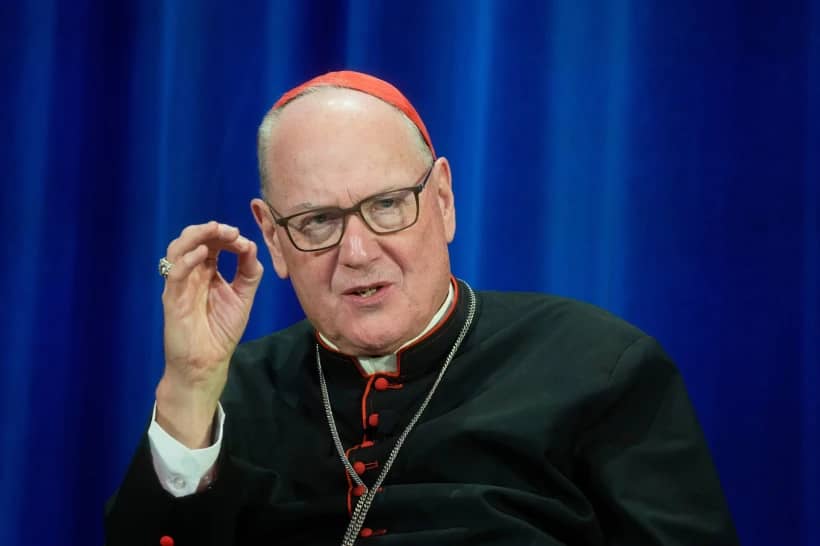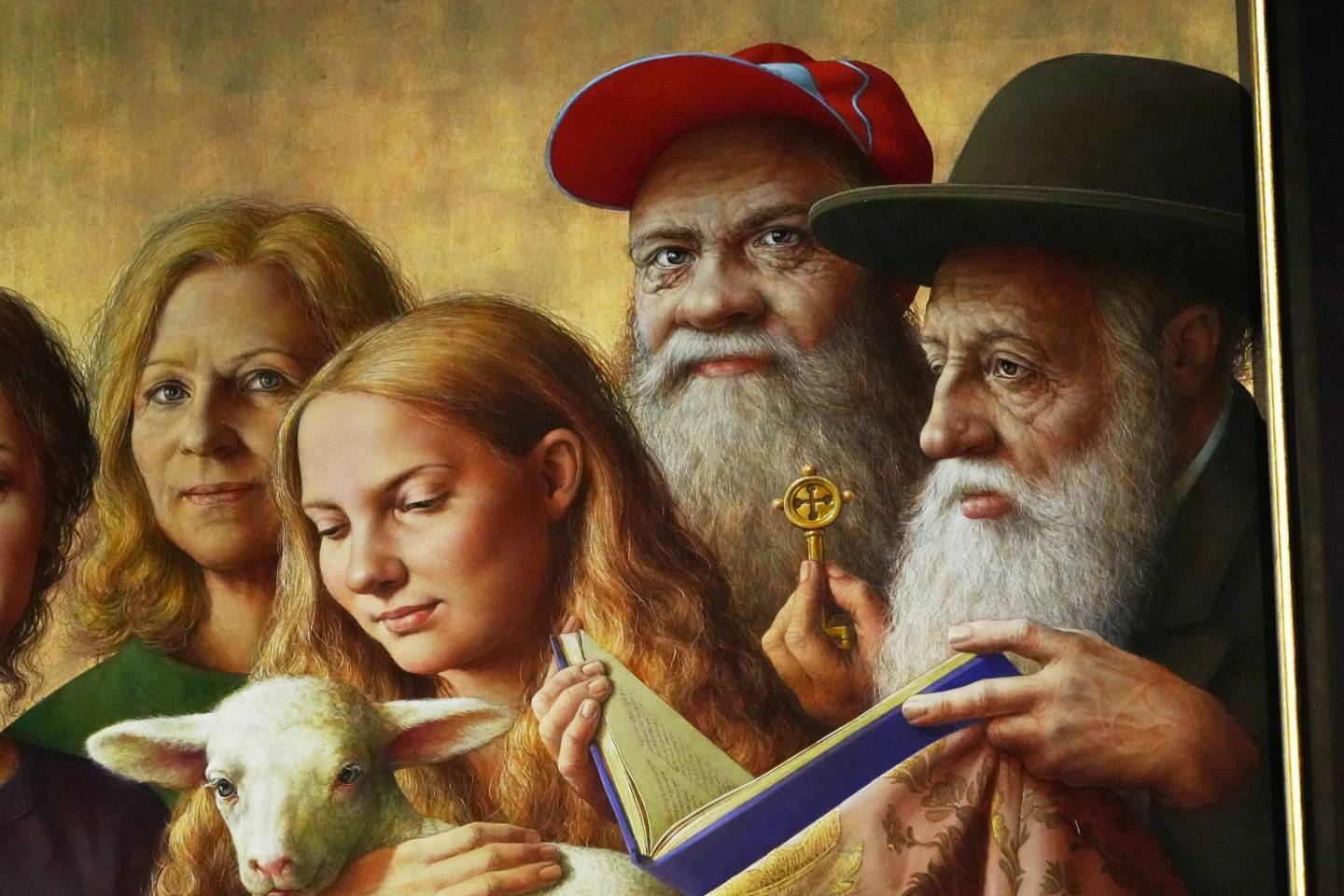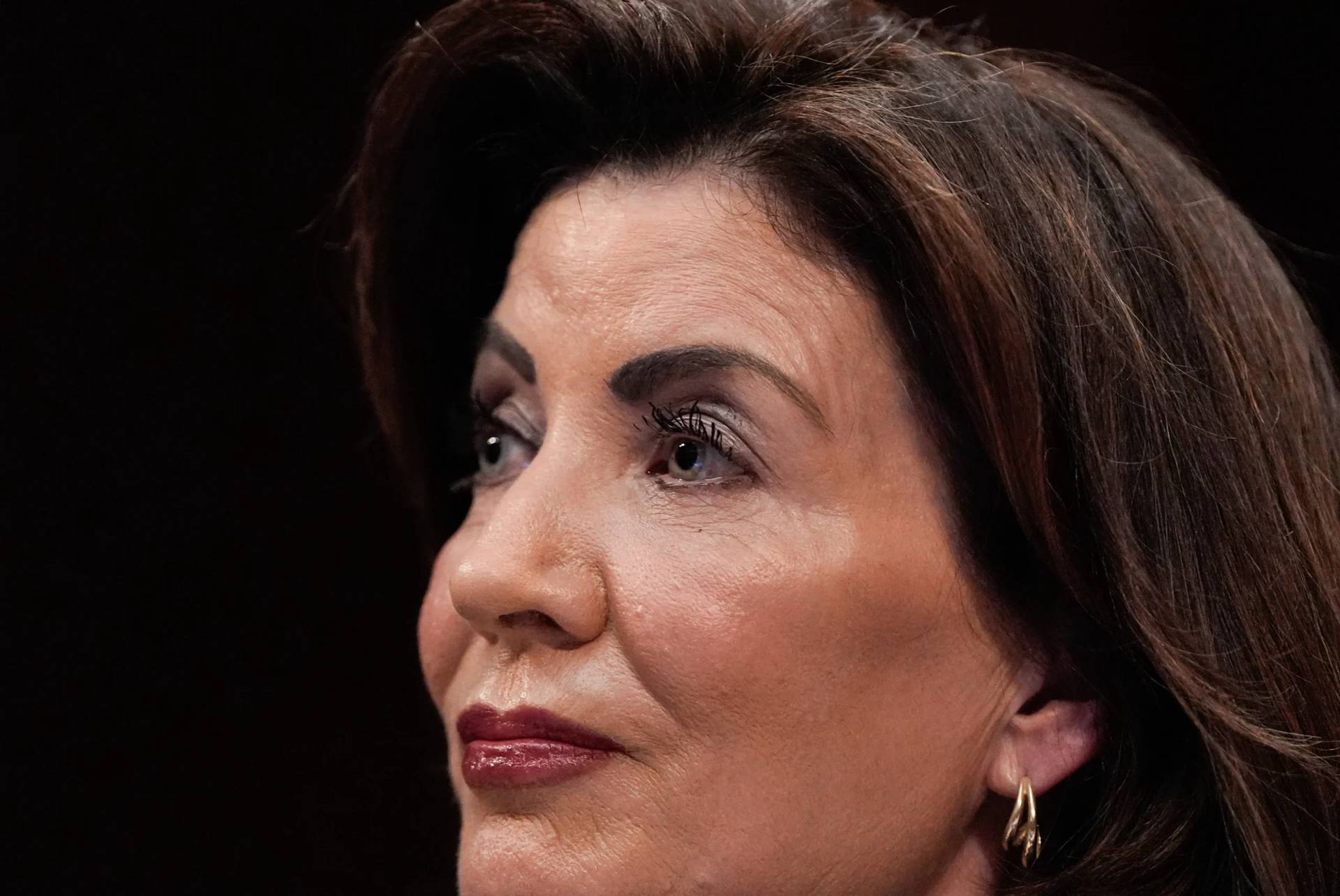ROME – When King Charles III and Queen Consort Camilla were crowned yesterday, Cardinal Pietro Parolin, the Vatican’s Secretary of State, was on hand in Westminster Abbey to represent Pope Francis and the Holy See.
Here’s hoping Parolin enjoyed himself, because although he’s considered a contender to become pope himself someday, Saturday probably was as close as he, or any other potential future pope, will ever come to an honest-to-God coronation.
Popes haven’t been crowned since 1963, when Paul VI became the last pontiff to don the papal regalia in a coronation ceremony. While in theory a future pontiff could decide to resurrect the triregnum, the three-tiered tiara with which popes were once invested to symbolize their role as “father of princes and kings,” it’s almost certainly not in the cards.
I mean, who wants to be the pope who starts off his tenure with a gesture destined to be interpreted as an arrogant reassertion of bygone privilege?
Over the centuries, there were multiple versions of the papal crown. The tiara received by Paul VI on June 30, 1963, was brand new, presented by the Catholics of Pope Paul’s former archdiocese in Milan.
On Nov. 13, 1964, Paul VI decided to renounce the trappings of monarchy during a Mass in the Byzantine rite held as part of the Second Vatican Council (1962-65). That day the pontiff rose from his throne, descended a few steps and then placed the tiara on the altar in St. Peter’s Basilica, symbolizing his rejection of it. Italian Archbishop Pericle Felici, secretary general of the council, announced that Paul VI had been moved to do so by discussions of poverty at Vatican II.
That tiara was eventually auctioned off, with the proceeds designated for the poor. It was purchased by American Catholics and is today on display in the Basilica of the National Shrine of the Immaculate Conception in Washington, D.C.
As Paul VI exited the basilica, he was hailed by cries of Viva il Papa Povero!, “long live the poor pope!”, a play on the traditional shouts of “Viva il Papa Re!” or “long live the pope king!” that greeted pontiffs during the era of the Papal States.
(As a footnote, some enthusiasts at the time suggested the next gesture of renunciation should be for all the bishops gathered for Vatican II to pile their pectoral crosses and episcopal rings in St. Peter’s Square, selling them off for the poor too. Needless to say, that never happened.)
(As a further footnote, the cardinal who invested Paul VI with the tiara in 1963 was Alfredo Ottaviani, head of the Holy Office and leader of the conservative opposition at Vatican II. An old joke had it that during Vatican II Ottaviani once was across town and hailed a cab, telling the driver to take him to the council; the cabbie, looking in the rearview mirror and realizing it was Ottaviani, promptly drove him to Trent.)
When Paul VI in 1975 issued the document Romano Pontefici Eligendo, setting out the rules for the election of his successor, he still made provision for a coronation, presumably because he wanted to leave the choice of what to do to the next pope. His last provision read: “Finally, the Pontiff will be coronated by the Cardinal Proto-deacon and, within a convenient time, will take possession of the Lateran Patriarchal Archbasilica, according to the prescribed rite.”
Pope John Paul I, however, declined the coronation ceremony, a choice confirmed by John Paul II. In his homily for his inaugural Mass on Oct. 22, 1978, the Polish pope explained his choice.
“Pope John Paul I, whose memory is so vivid in our hearts, did not wish to have the tiara; nor does his Successor wish it today. This is not the time to return to a ceremony and an object considered, wrongly, to be a symbol of the temporal power of the Popes,” John Paul II said.
“Our time calls us, urges us, obliges us to gaze on the Lord and immerse ourselves in humble and devout meditation on the mystery of the supreme power of Christ himself,” he said.
When John Paul II issued his own set of rules for the election of the next pope 18 years later, in the document Universi Dominici Gregis, there was no mention of a coronation. His final provision instead read: “The Pontiff, after the solemn ceremony of inauguration of the pontificate and within a convenient time, will take possession of the Lateran Patriarchal Archbasilica, according to the prescribed rite.”
Indeed, not only have recent popes rejected the physical tiara, they’ve also become reticent about iconic depictions of it. Both John Paul I and John Paul II had depictions of the tiara atop their papal coat of arms, but Pope Benedict XVI broke with that custom by displaying a simple bishop’s mitre instead, and Pope Francis followed his lead.
Ironically, there’s almost an inverse relationship between the Vatican and the United Kingdom in this regard – in the UK, monarchs have kept the crown but lost most of their power, while in Catholicism popes may have renounced the crown but they’ve basically retained the authority it once symbolized.
It’s sometimes said, erroneously, that popes lost their temporal power in 1870 with the collapse of the Papal States. In fact, they lost territory but not power. A pope is still a temporal monarch, albeit over an extremely small state – just ask the ten defendants currently on trial for financial crimes before the pope’s civil tribunal. Francis still is invested with the power to decide all matters, secular and spiritual, within the Vatican’s territory, from doctrine to traffic laws.
In ecclesiastical terms the pope’s authority certainly remains absolute. Canon 882 of the Code of Canon Law makes it clear: “The Roman Pontiff, by reason of his office as Vicar of Christ, and as pastor of the entire Church has full, supreme, and universal power over the whole Church, a power which he can always exercise unhindered.”
To paraphrase Shakespeare, when it comes to a pope, therefore, there are plenty of reasons for his head to lie uneasy, even without the crown.
















